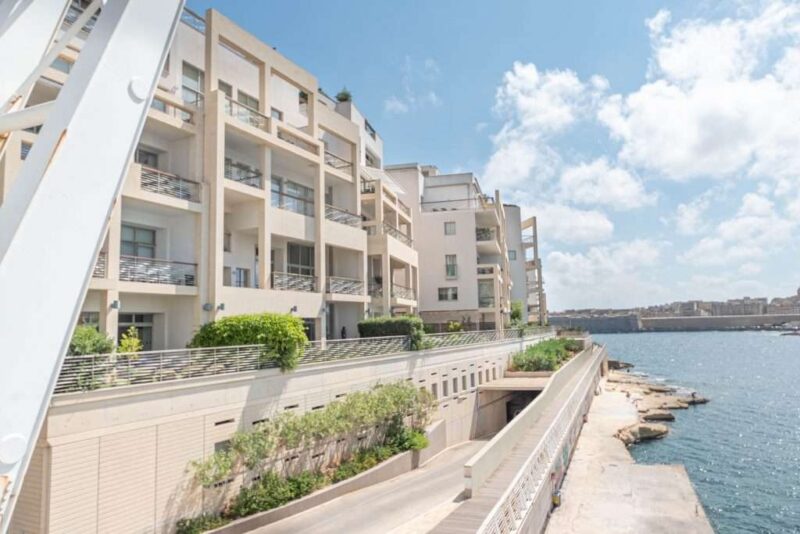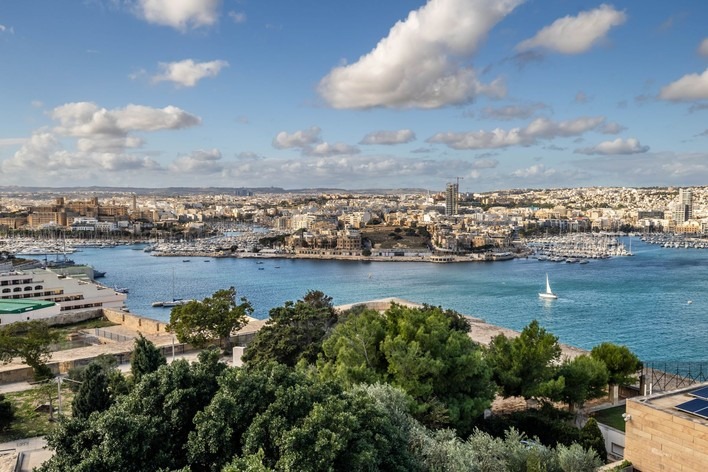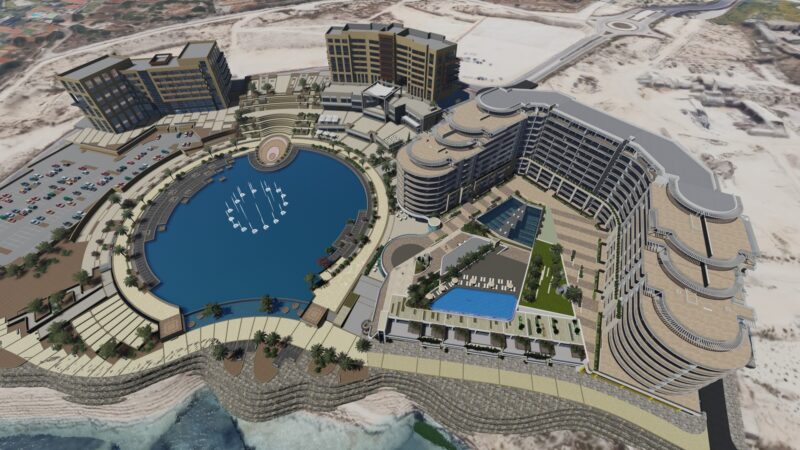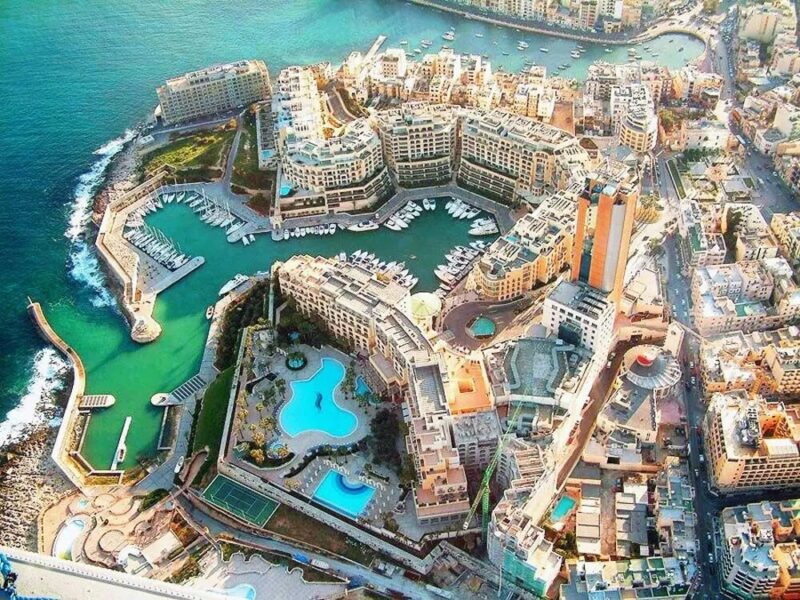Malta’s property market isn’t just stable. It’s lucrative, tax-efficient, and legally secure. But not every part of the island offers the same potential. Some areas offer better rental yields, others offer long-term appreciation. If you’re considering property investment in Malta, it’s crucial to know exactly where to look.
Whether you aim to rent to expats, resell at a higher price, or live part-time under the sun, the right location will determine your returns.
Key Highlights
- Malta attracts foreign buyers due to its residency schemes, low taxes, and legal transparency.
- High-demand areas like Sliema and St. Julian’s offer stable returns through short and long-term rentals.
- Southern regions now present growth opportunities due to rising infrastructure investment.
- Gated communities and luxury seafront zones attract high-net-worth buyers.
- The Gozo property market is maturing, with strong potential in eco-lifestyle tourism.
- Foreign investors must understand zone-specific rules on property acquisition.
Sliema – High Demand, Strong Liquidity

Sliema is the investment magnet of Malta. Positioned directly on the northeast coast, it draws expats, professionals, and tourists year-round. Most of the demand comes from short-let apartments and furnished long-term rentals.
Buyers who prioritize liquidity tend to favor Sliema. Properties in this area rarely stay on the market long. Even during seasonal shifts, demand remains steady. The proximity to shopping zones, seafront promenades, and ferry connections to Valletta makes it a reliable bet.
Rental returns in Sliema range from 4% to 6% annually. The upper floors of modern developments with sea views command premium rates. However, renovation-ready townhouses inland also attract local interest due to price appreciation potential.
St. Julian’s – Entertainment Hub and Premium Rents
St. Julian’s sits right next to Sliema but carries a different energy. It’s the nightlife capital and a major commercial hub. For investors who target tourists or short-stay business travelers, St. Julian’s offers unmatched foot traffic.
What makes it particularly interesting to international investors is its role as a digital economy hotspot. Many tech firms and iGaming companies base their operations here. That means year-round rental demand from well-paid professionals.
Many investors exploring Malta real estate start here or in Sliema. Expert support from firms like Excel Homes helps navigate complex real estate decisions — from setting asking prices to closing deals smoothly and without hidden delays.
St. Julian’s carries higher price tags than most regions. Still, the returns justify the cost. Apartments in Portomaso or Pendergardens generate consistent rental income. The marina properties especially attract luxury buyers who prefer brand-new, serviced units.
Valletta – UNESCO Charm with Capital City Prestige

Valletta blends heritage with financial muscle. As Malta’s capital, it holds strong institutional presence, cultural landmarks, and protected architecture. That limits how much new development can happen. Scarcity supports high capital appreciation.
Unlike resort towns, Valletta targets a different tenant base. Long-term renters include lawyers, diplomats, consultants, and academics. Boutique hotels and guesthouses do well too, especially around the Grand Harbour area.
Prices in Valletta have climbed steadily. The market rewards investors who understand heritage property rules. Restoration comes with tax advantages but also design restrictions. Success here means working with specialists in old-building compliance and adaptive reuse.
Gozo – Emerging Market with Eco Appeal
Gozo is Malta’s greener, quieter neighbor. It’s more rural, but recent infrastructure upgrades — including ferry expansion and proposed tunnel connectivity — make it more accessible than ever. That puts Gozo in the spotlight for mid- to long-term investment.
The buyer profile is changing here. Retirees used to dominate, but now digital nomads, wellness retreats, and boutique B&B operators show growing interest. Villas and farmhouses with authentic features gain strong rental traction when marketed for tranquility and eco-tourism.
Victoria, Xlendi, and Marsalforn are Gozo’s standout investment zones. They balance local charm with good access to services. Price entry points remain lower than mainland Malta, giving investors more flexibility on resale or rent strategies.
Marsascala and Marsaxlokk – Southern Investment Corridors

Southern Malta is catching up fast. The traditional fishing villages of Marsascala and Marsaxlokk are expanding through smart zoning reforms and updated roads. These towns are now seeing increased investment in apartment blocks, boutique hotels, and rental villas.
The draw? Authentic Mediterranean character, sea views, and lower prices. More locals are moving south for value. Investors who enter early could benefit from rapid value growth in a few years.
Marsaxlokk also gains popularity for its famous harbor market and tourist footfall. Short-term lets are growing, and newer developments cater to a rising expat presence.
Mellieħa – Family-Friendly with Scenic Cliffs
Mellieħa lies further north and blends quiet living with tourism opportunity. Families like it for schools, safety, and larger homes. Investors like it for consistent holiday demand. Properties near Golden Bay, Għadira, and the Red Tower area rent well across seasons.
It’s not the place for wild returns or fast flips. Instead, Mellieħa offers slow and steady performance. Yields stay in the 3.5% to 5% range. Detached homes, duplexes, and elevated apartments with parking do especially well.
It’s also worth noting that Mellieħa includes some Special Designated Areas (SDAs), which allow foreign investors to buy without usual restrictions. That adds more flexibility to ownership structures.
Special Designated Areas (SDAs) – Legal Access Without Hassle
Foreign investors must be aware of Malta’s AIP (Acquisition of Immovable Property) permit system. It limits buying rights in many residential zones. However, SDAs are the exception.
SDAs allow anyone — regardless of citizenship — to purchase properties without special approval. These areas are popular with foreign nationals and include places like:
- Portomaso Marina
- Pendergardens
- Fort Cambridge
- Tigné Point
- Madliena Village
Investors should still review the rental permit process if they plan to lease units. But the entry barrier is far lower in SDAs than in traditional zones.
Smart City and Kalkara – Tech-Driven Growth

Smart City, built near the quiet coastal town of Kalkara, was designed to become Malta’s Silicon Valley. Although growth has been slower than expected, momentum is building again thanks to renewed government focus and infrastructure reinvestment.
Property prices here remain relatively low, creating an attractive opportunity for long-term investors betting on Malta’s digital and remote work future.
Buyers who hold five to ten years can expect significant upside, especially as more tech firms relocate or expand operations in the area. Kalkara’s bayside charm adds value as demand for balanced work-life settings increases.
Qawra and Bugibba – Tourist Powerhouses with Budget Appeal
Located in the northern St. Paul’s Bay area, Qawra and Bugibba focus heavily on budget-friendly tourism. Their hotel zones attract year-round visitors, especially during the spring and autumn seasons.
Apartments here are cheaper to buy. Investors can secure two-bedroom units for significantly less than in Sliema or Valletta. However, yields remain strong due to volume.
Property management services operate widely here, making it easy to maintain short-let apartments even when living abroad. Investors focused on volume and short-term turnover will find these towns profitable when managed efficiently.
Conclusion: Where Strategy Meets Lifestyle
Every location in Malta carries a different value story. Sliema and St. Julian’s offer premium liquidity and strong rentals. Valletta blends history with high-net-worth appeal. Gozo offers space and authenticity. The south is rising fast with price growth potential.
To maximize returns:
- Choose areas based on your investment horizon.
- Understand legal limits for foreign buyers.
- Work with local experts who can guide you through valuation, permits, and deal structure.
Malta’s real estate market remains stable, accessible, and tax-efficient — but only when you choose the right location backed by expert insights.

